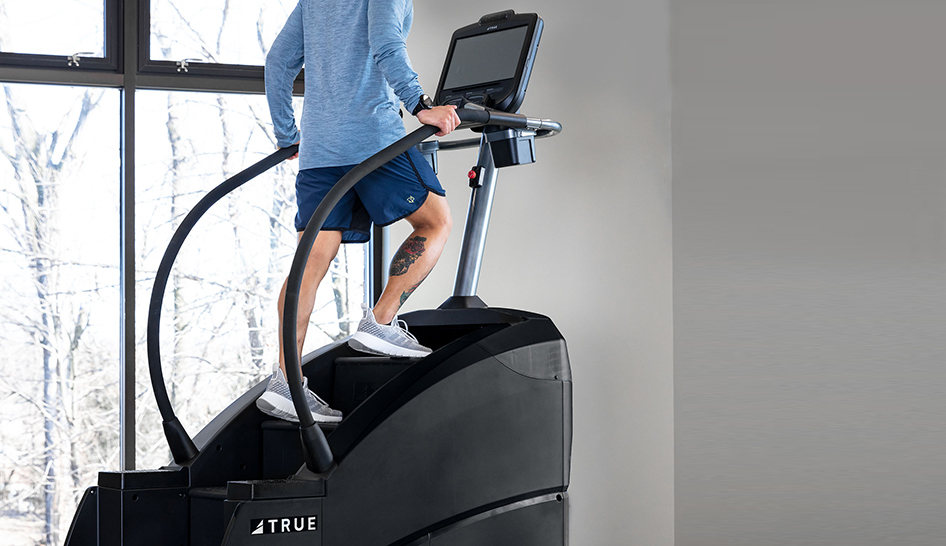With all the attention being paid to access to programming, distance-based physical layout, and sanitization, a key message around member communication can sometimes be lost. Now, more than ever, empathy and the ability to listen actively is critical to assure members that you’re providing a safe space.
“As a club owner, your number-one objective should be to understand your members,” says Michael Sorensen, author of I Hear You: The Surprisingly Simple Skill Behind Extraordinary Relationships. “With all the uncertainty in today’s pandemic life, it is especially important to understand their concerns and expectations, so you can be certain your policies and safeguards address customer and employee concerns, and also ensure your communication of those policies is effective.”
That understanding, he says, begins with listening and actively asking members what their issues are.
“If you assume everyone is concerned about the coronavirus and go to great lengths to keep your club clean, that’s great,” Sorensen says. “But what other concerns might be keeping members from returning? Have you asked? What if a large group of your customer base is staying home not because they’re worried about getting sick, but because their kids are stuck at home all day? What if many lost their jobs or are dealing with financial hardship? Uncovering these deeper concerns is essential to a successful reopening.”

